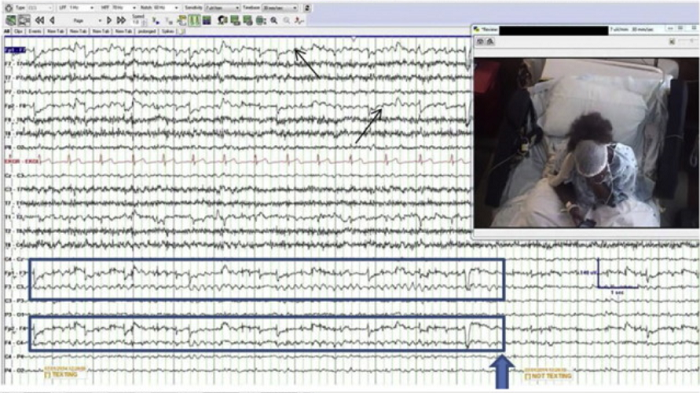Researchers from the Mayo Clinic have published a study proving that the act of writing and sending text messages elicits a specific pattern of brain wave unlike any other previously recorded.

Actually composing a text message might sound like a simple task, but broken down step-by-step, there’s a fair deal of coordination involved. Not only is the user creating a short, nonverbal message, they’re also holding the device, applying finger dexterity, and focusing their eyes on a small screen.
Altogether, these tasks necessitate responses from different parts of the brain, and as the text message is produced, over and over again, the brain develops a patterned response procedure, which is visualized in the form of a new type of brain wave.
This discovery, in particular, goes to show (a) how adaptable the human brain is, and (b) how the cognitive process changes when disrupted by new and mentally challenging technologies.
“We believe this new rhythm is an objective metric of the brain’s ability to process non-verbal information during use of electronic devices and that it is heavily connected to a widely distributed network augmented by attention or emotion,” explained William Tatum, lead author of the study.
To achieve the discovery, the team analyzed electroencephalogram (EEG) data from approximately 130 participants. Along with video footage, each person’s brain waves were monitored over 16 months. With these measurement processes in place, the team was able to identify an average of one in five participants who were texting with their smartphone when they exhibited this new brain wave pattern.

This same pattern was generated when participants used a tablet, too. There was no evidence of the pattern when the phone was used in the traditional form, as an audio device.
It is not immediately clear why 4 out of 5 participants did not illicit the same response; as such, Tatum and team will continue to explore the topic.
To learn more, read the full study in Epilepsy & Behavior. It’s titled Cortical processing during smartphone text messaging.
Advertisement
Learn more about Electronic Products Magazine





